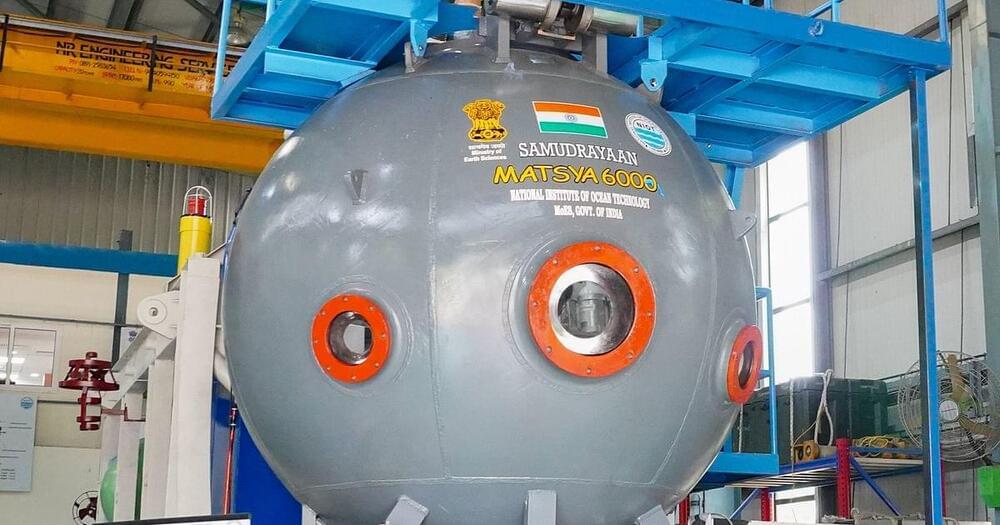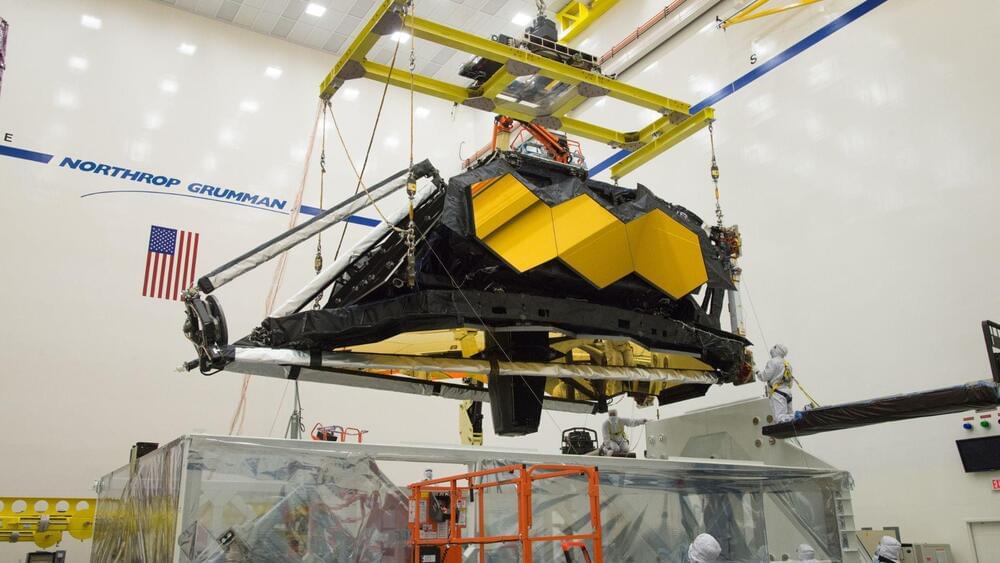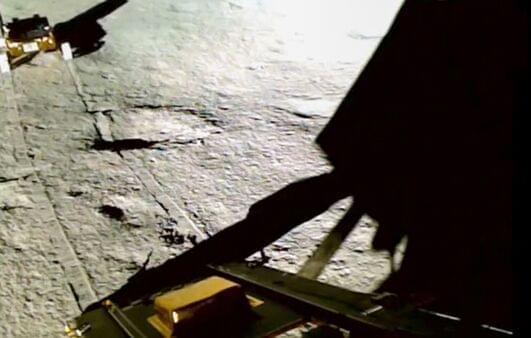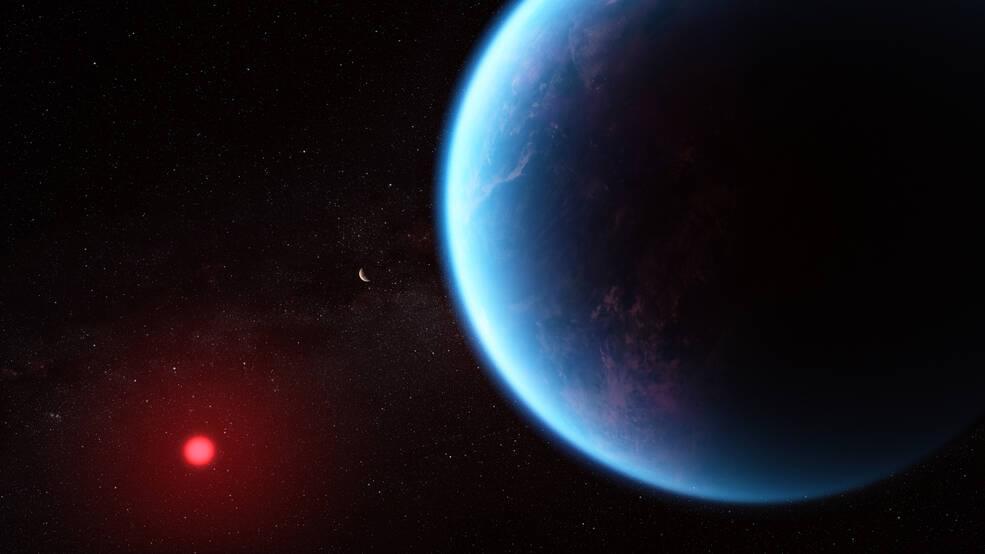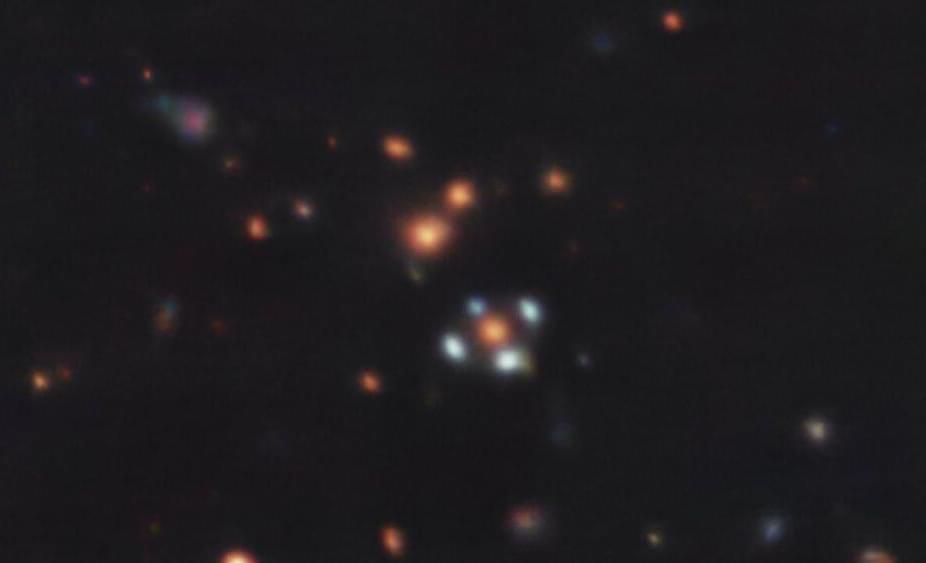Neutrinos, the tricky little particles that just stream through the Universe like it’s virtually nothing, may actually interact with light after all.
According to new calculations, interactions between neutrinos and photons can take place in powerful magnetic fields that can be found in the plasma wrapped around stars.
It’s a discovery that could help us understand why the Sun’s atmosphere is so much hotter than its surface, say Hokkaido University physicist Kenzo Ishikawa and Yutaka Tobita, a physicist from Hokkaido University of Science – and, of course, to study the mysterious ghost particle in greater detail.

